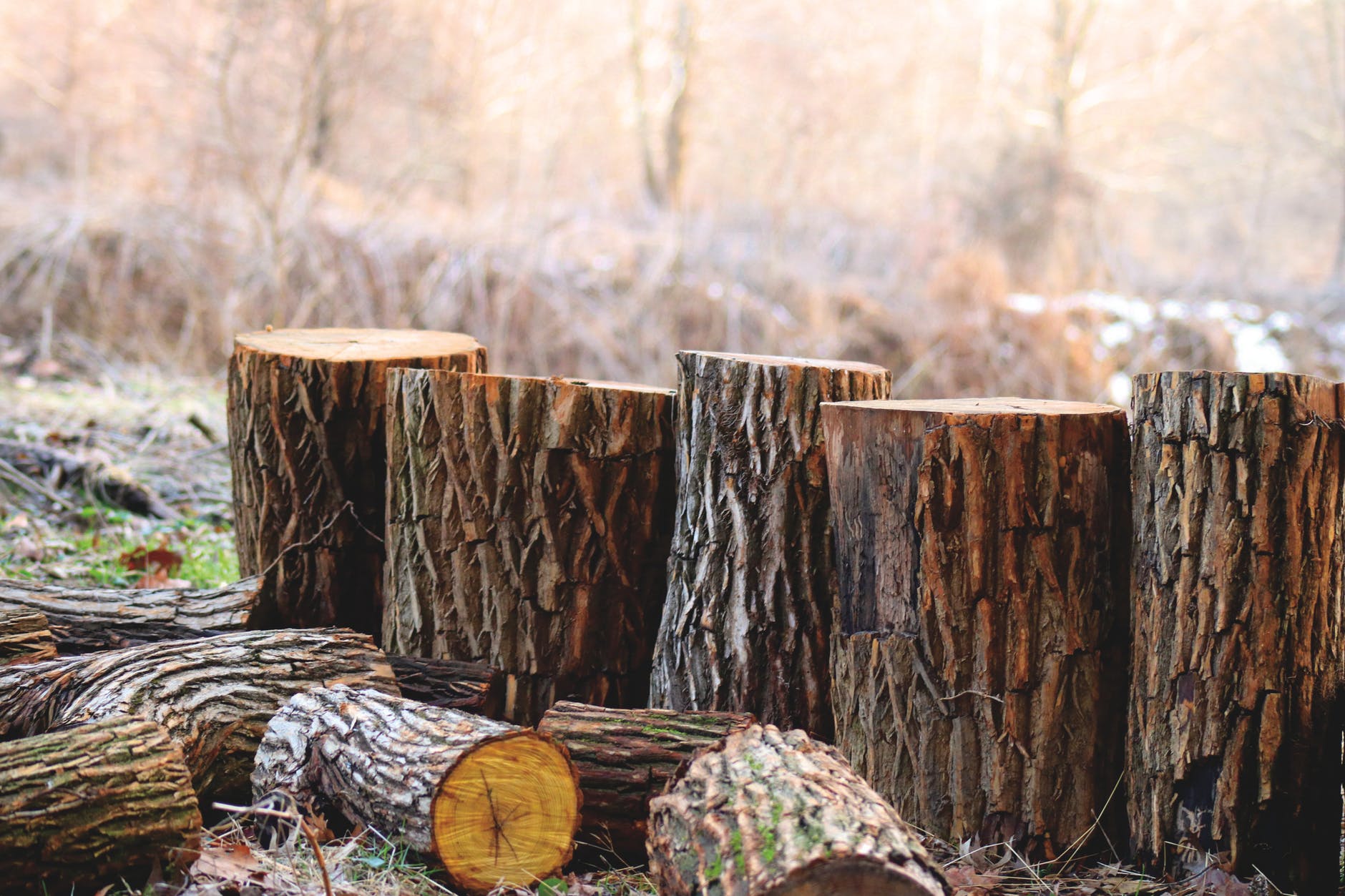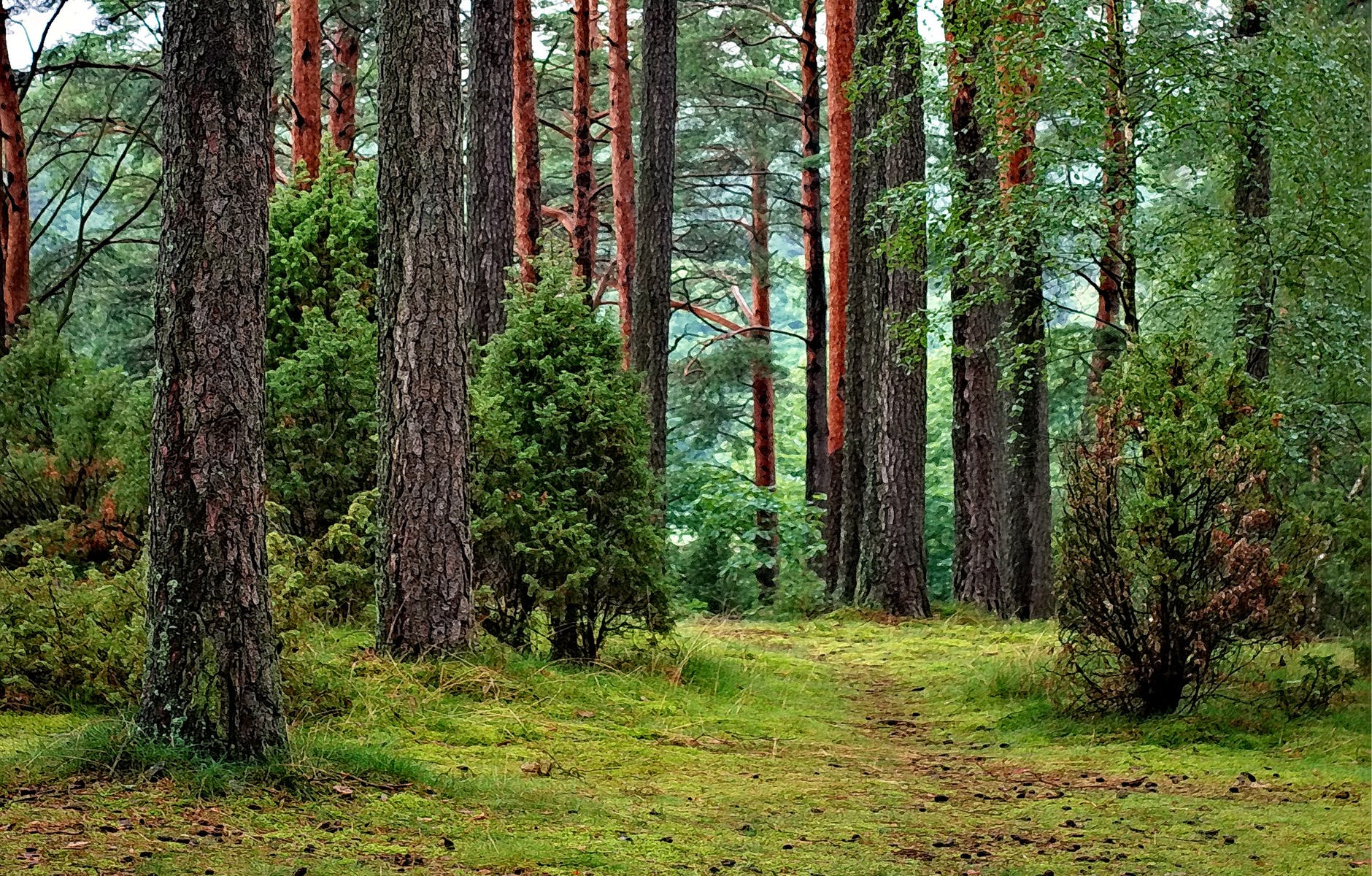On Killing a Tree By Gieve Patel
On Killing a Tree by Gieve Patel is a thought-provoking poem. In the poem, the writer says it’s hard to kill a tree. It takes a lot of time. A simple knife jab or axe can’t kill it. A tree gradually grows by receiving food and various supplements from the earth
It absorbs daylight, air and water for a considerable length of time and turns out to be exceptionally strong. If we attempt to hack and cleave it, it doesn’t feel much pain. The strength it has gathered through a long time of hard work and patience cannot be crushed in one go. When a tree is slashed, the barks drain however soon they heal up and expand again to their previous size. It absorbs daylight, air and water for a considerable period of time and is extremely powerful. If we try to hack and cleave it together, it doesn’t feel much pain. The strength of a long period of hard work and patience cannot be crushed at once. When a tree is slashed, the barks drain, but soon they heal and expand again.

The poet says that the real power of a tree lies in its roots. If we want to kill a tree forever, its roots should be removed from the anchoring earth. They should be open to wilt in the sun and shock in the air. Thus the tree is finally slaughtered after a long procedure.
SUMMARY – 2
The poem ‘On Killing A Tree’ has been penned down by ‘Gieve Patel’. This is a sarcastic poem in which the poet uses various criticisms against killing a tree.
The poet says that a tree takes a long time to be uprooted because it has utilised various resources from the earth like water, nutrients and has grown up into a well-built tree which cannot be uprooted with a simple blow of a knife. It has consumed earthly resources to sprout leaves from its cracked bark. So in order to kill a tree, a lot of effort is needed. By heavy blows, the plant can fall but the injured bark can heal and give rise to small branches which can grow to the former size if neglected.
In the next stanza, the poet uses the sarcasm that it is impossible to uproot a plant completely with less effort. He says that to eradicate the plant from its native place, the root which is set deep in the earth, holding it very fast, is to be chopped out. Then after digging deep, one can find the lively and active part of the tree which is very sensitive and remains preserved in the deep layers of earth.
Then, finally, the tree is to be browned and hardened in the sun to cause its withering otherwise it can develop roots and grow again. The poet depicts the fact that the truth takes a lot of time to be established and it is almost impossible to remove it from the earth otherwise, the existence on earth will cease to continue.
On Killing a Tree | Critical Appreciation
“It has grown
Slowly consuming the earth,
Rising out of it, feeding
Upon its crust, absorbing
Years of sunlight, air, water,
And out of its leprous hide
Sprouting leaves.”
This passage shows respect for the tenacity of a tree and that its leaves can grow out of the dirt of the crust of the earth. It has risen against all odds and turned out to be strong. This description shows how Patel respects nature and is amazed at the miraculous process through which it develops.
Furthermore, the passage shows that the poet is ironic and depicts the tree’s mistakes. It has consumed the hull of the earth for quite a long time. It absorbed daylight, air and water, like a cheat, and grew like a giant. So the tree must be killed. In any event, it’s an easy task. A simple blade hit won’t do it. It will rise again from near the ground and develop to its previous size. It will again become a menace to man. So the tree should be tied with a rope and pulled out completely. It should uncover its white, draining root. It should be dried and hardened and twisted and wilted at that point, and it is done.
Later, he depicts the core of the tree as
“The source, white and wet, /The most sensitive, hidden/For years inside the earth, ” again demonstrating admiration for the source of the life of the tree.
If you look carefully, you will see how Patel depicts the elaborate process of killing a tree, he is exaggerating by all accounts and posting all the details to point out that it is so absurd to kill something so alive and established in nature. He is against the procedure by all accounts. In the beginning, he indicates how one can kill a human being with a ” simple jab of the knife, ” but to execute a tree, it’s such a long, drawn-out process. It takes significantly more plan, reason, and commitment, and that appears a bit wrong.
It is, therefore, the right path to say that the poem was sarcastically composed of the indiscriminate killing of trees. The tree is displayed as man’s adversary. Man is introduced as a professional murderer who thinks of all imaginable ways of tormenting the tree.
The poem gives a realistic picture of the attitude of man towards the trees. His greatest companion is the tree. In any event, man is stupid to the extent that he does not realise that he cut his own throat when he cut a tree.

ON KILLING A TREE QUESTIONS AND ANSWERS
Q.No.1 The growth of a tree is a long process, the killing of a tree is a long process. Do you agree?
Answer may vary:
There is no point to disagree that the growth of a tree is a long process because it takes much time for a tree to grow to its full size. But the killing of a tree is surely not a long process because if you want to kill a tree you just need to snap out its roots and it will be finished.
OR
Ans. Growth of a tree is a long process but the killing of a tree is a longer process. We certainly agree with it because, in the course of time, the tree uses up all the resources of the earth to grow into a stout, well-built tree which is very difficult to be uprooted completely.
Q.No.2 How has the tree grown to its full size? List the words suggestive of its life and activity.
Answer may vary:
The tree has grown to its full size by consuming the earth, feeding upon its crust, absorbing years of light, air and water. Consuming, rising, feeding and absorbing are the words suggestive of its life and activity.
OR
The tree has grown to its full size by using resources of the earth, absorbing water from it, developing various branches and leaves after consuming various nutrients.
The words which suggest its life and activity are:-
i) ‘Bleeding bark’:- It indicates that the plant is active and will heal quickly and then continue further growth.
ii) The resource i.e., main part of the root which mainly causes growth is ‘white and wet’ indicating that the tree is very active.
iii) If the tree is left unchecked after being uprooted, it can develop ‘miniature boughs’ which can grow to former size.
Q No. 3 What is the meaning of “bleeding bark”? What makes it bleed?
Answer: Bleeding bark means that area of the tree trunk where it has been hit with blows of knife or axe oozing the sap from the tree.
When the tree trunk is hit with an axe or with the tool, the tree bleeds. It expresses the pain and agony of a tree.
OR
‘Bleeding bark’ means the injured part of the tree where the plant has been uprooted.
It is bleeding because of the jab of axe used in uprooting it.
Q.No.4 The poet says “No” at the beginning of the third stanza. What does he mean by this?
Answer: The poet says “No” at the beginning of the third stanza to suggest that a simple jab of the knife will not finish a tree. The main strength of s tree is its roots. Thus, it can not be killed unless it is not uprooted and then exposed in the sun and air.
OR
‘No’ in the third stanza is used as a criticism or a sarcastic expression. The poet says that even if we use great effort to uproot a plant but still it is impossible to destroy it completely.
Q No.5 What is the meaning of “anchoring earth” and “earth cave”?
Answer: “Anchoring earth” refers to the roots of a tree that lies inside the earth and act as an anchor for a tree to grow. So long as the roots are firmly held by the earth, the tree is safe and cannot be killed by a simple jab of a knife.
“Earth cave” suggests the special area created in the earth by the network of the roots of a tree. The roots of the tree remain hidden for years inside the earth.
OR
The ‘earth cave’ means the deep layers of earth in which the tree anchors its roots. Since the root is fixed very deep that is why the earth is compared to a cave which is known for its depth.
Q.No 6 What does he mean by “the strength of the tree exposed”?
Answer: “Roots” are the strength of the tree. So long as the roots are safe, the tree is safe. It cannot be killed. Once the roots are of a tree are pulled out and exposed to the sun and air, it withers and the tree is finally killed.
Q. No. What finally kills the tree?
Answer: The tree is finally killed by uprooting its roots. The roots have to be pulled out of the earth cave and exposed in the sunlight and air. The roots get twisted, harden, and withered with the scorching heat of the sun.
OR
The complete uprooting of a tree from the deep layers of the earth and then sun drying it so that it becomes brown, hardened, twisted and withered can kill a tree.
Learning About The Literary Devices
Beginning with the title, what are words and images that are suggestive of violence in the poem?
Ans. The words which suggest violence in the poem are:
- Jab of the knife.
- Hack
- Chop
- Snapped
- Browning
- Hardening
- Twisting
- Withering
The images that are suggestive of violence in the poem:-
The root is to be pulled out.
It is to be roped, tied and pulled out-snapped out and pulled out entirely.
SHORT ANSWER QUESTIONS
Q.No.1 How does a tree become strong?
Answer: A tree grows on earth, feeds on its crust, absorbs years of sunlight, air and water. It makes them strong.
Q.No.2 What does ‘hack and chop’ do to a tree? Does it kill it?
Answer: ‘Hack and chop’ does not kill a tree. It does not cause much pain to it. It wounds the barks and makes them bleed. No, it does not kill it.
Q. No.3 What happens if the miniature boughs are left unchecked?
Answer: If the miniature boughs are left unchecked, they expand and grow its former size.
Q.No.4 How does the sun and the air contribute in the killing of a tree?
Answer: The sun and the air harden and wither the exposed roots of the tree and kill it.
SAVE TREES, SAVE ENVIRONMENT, SAVE LIFE



